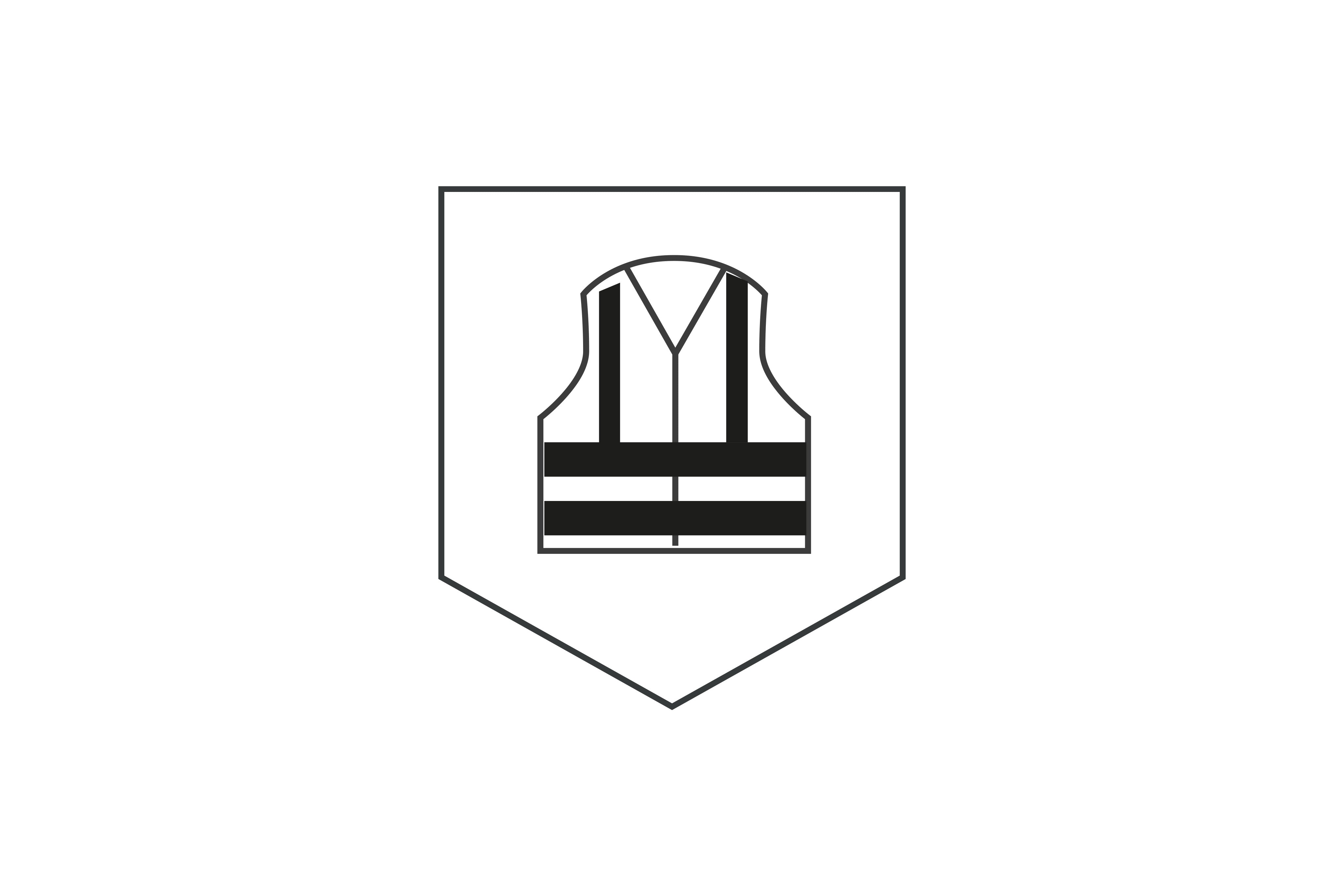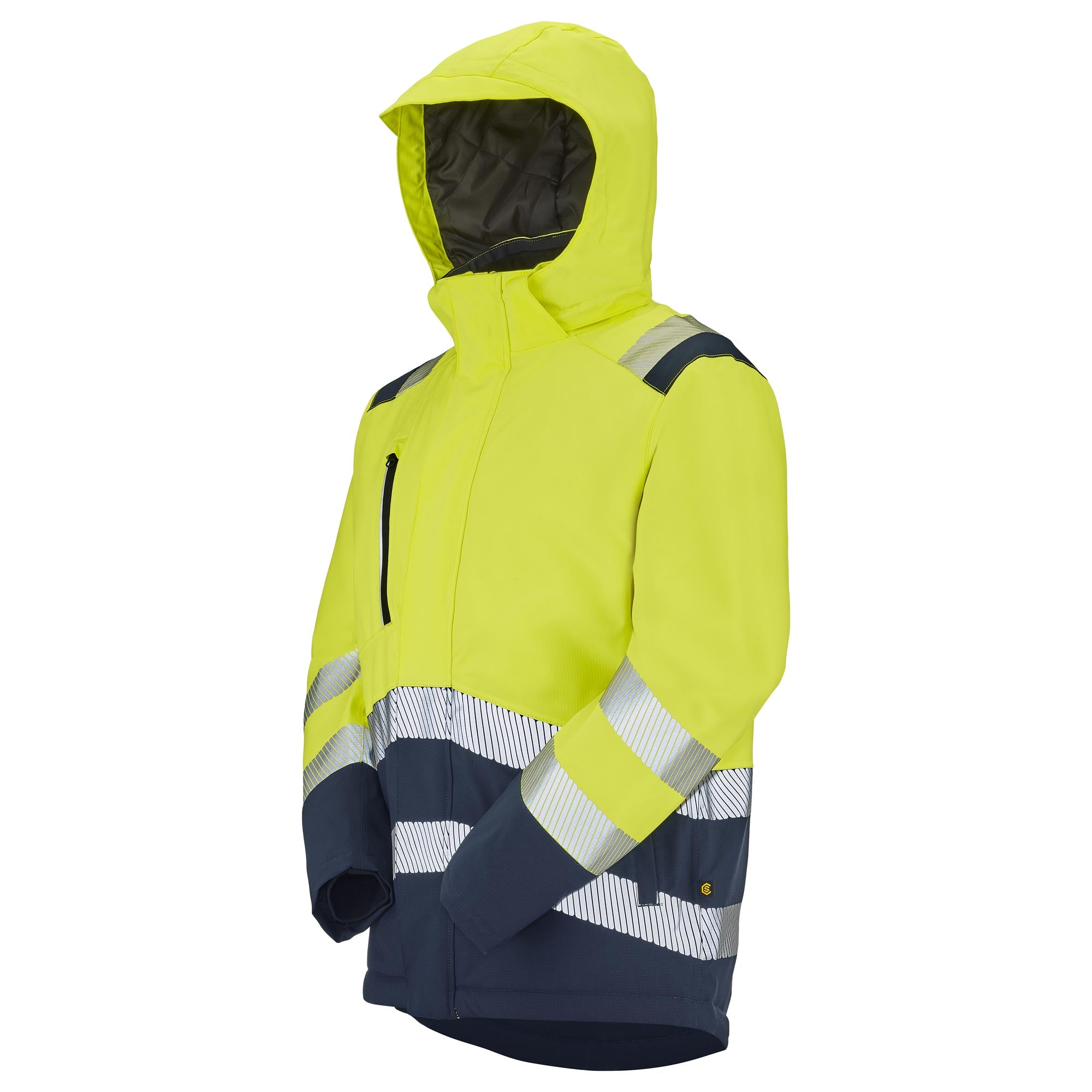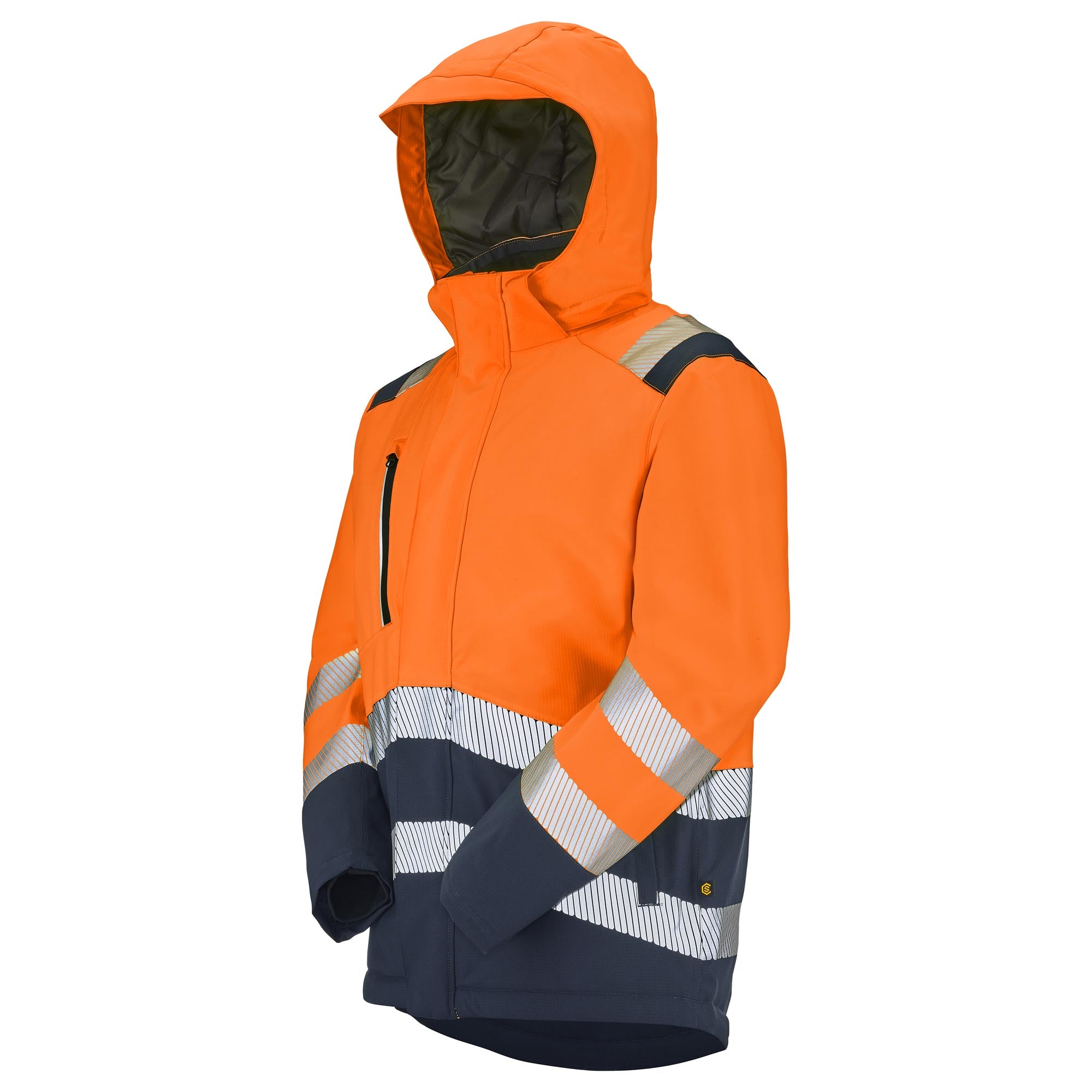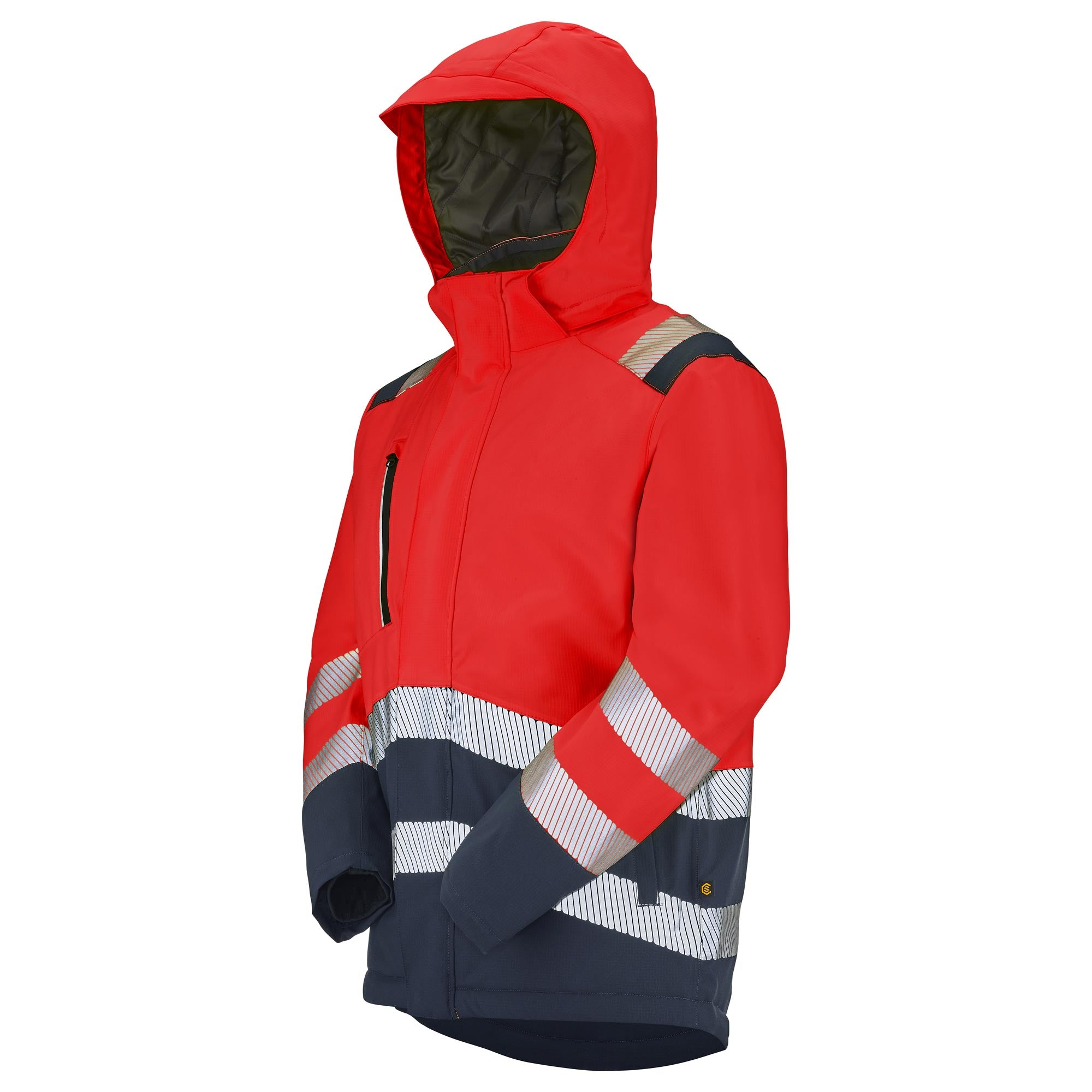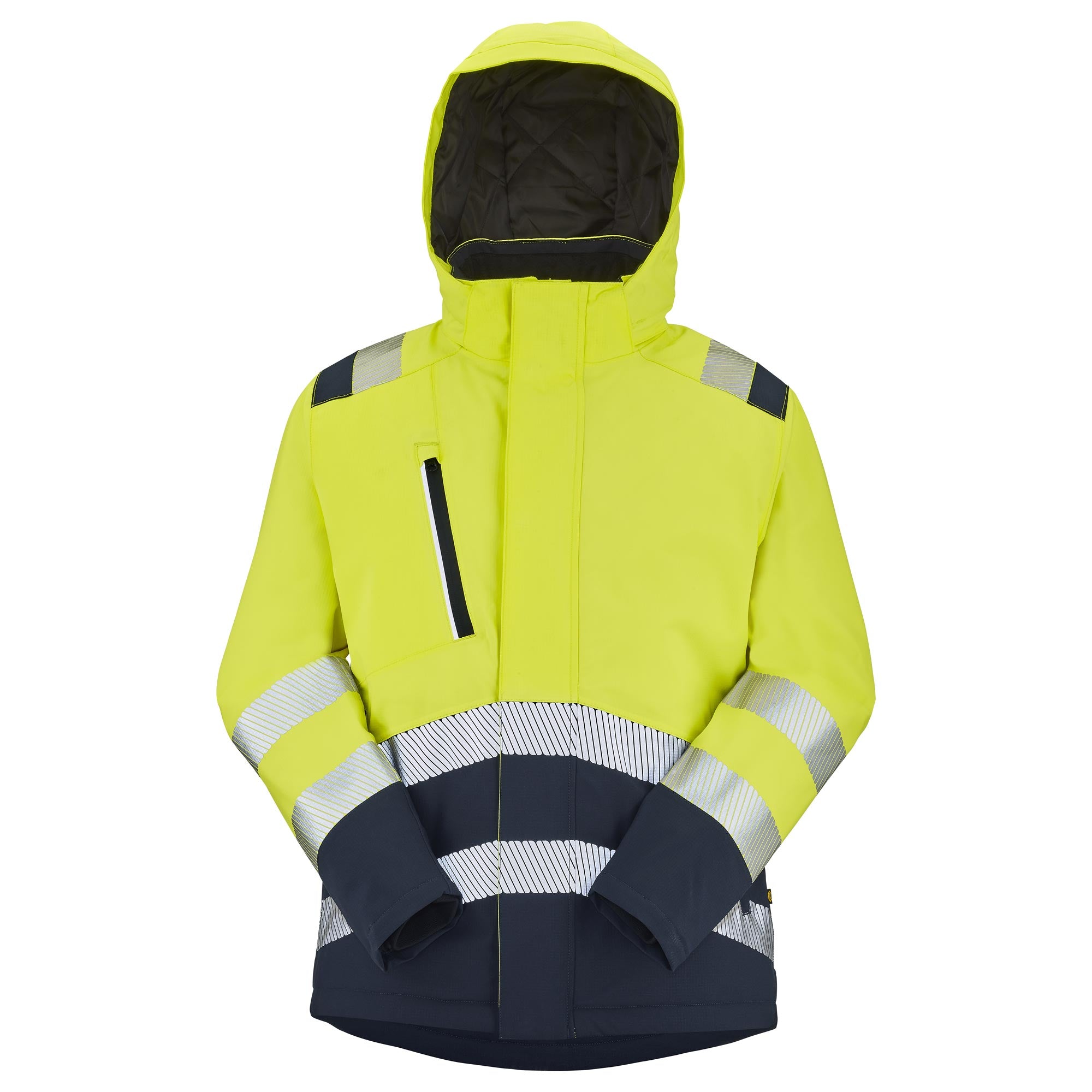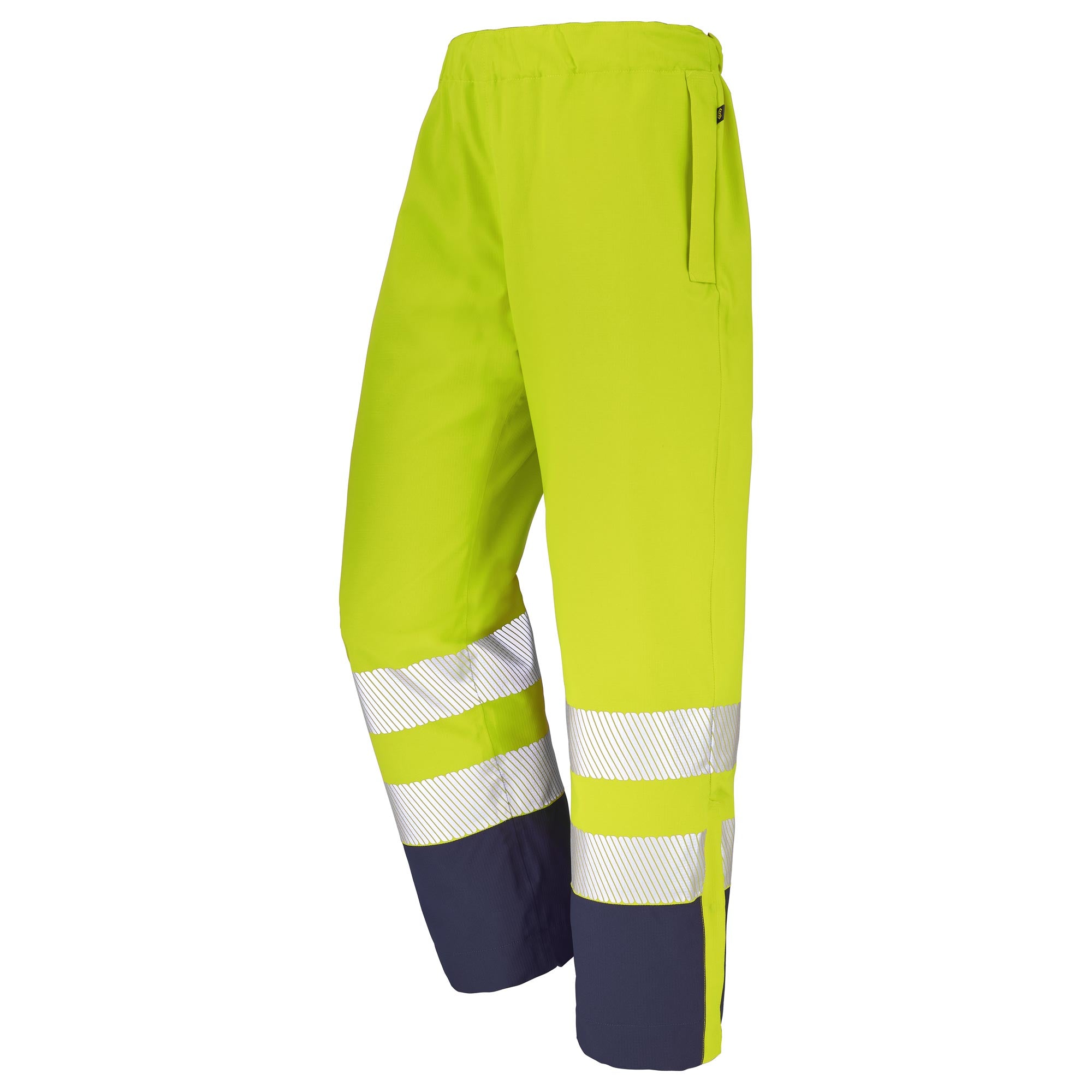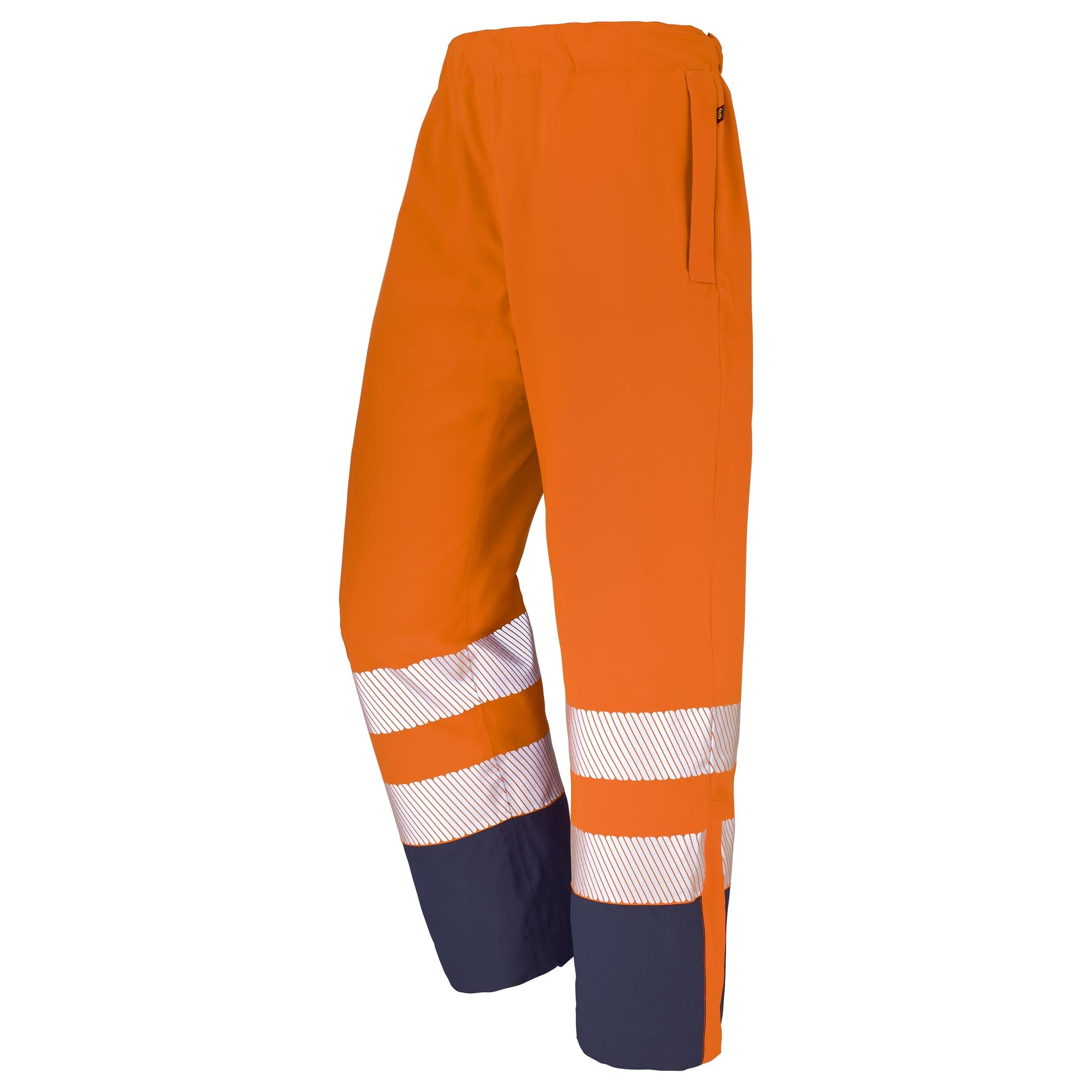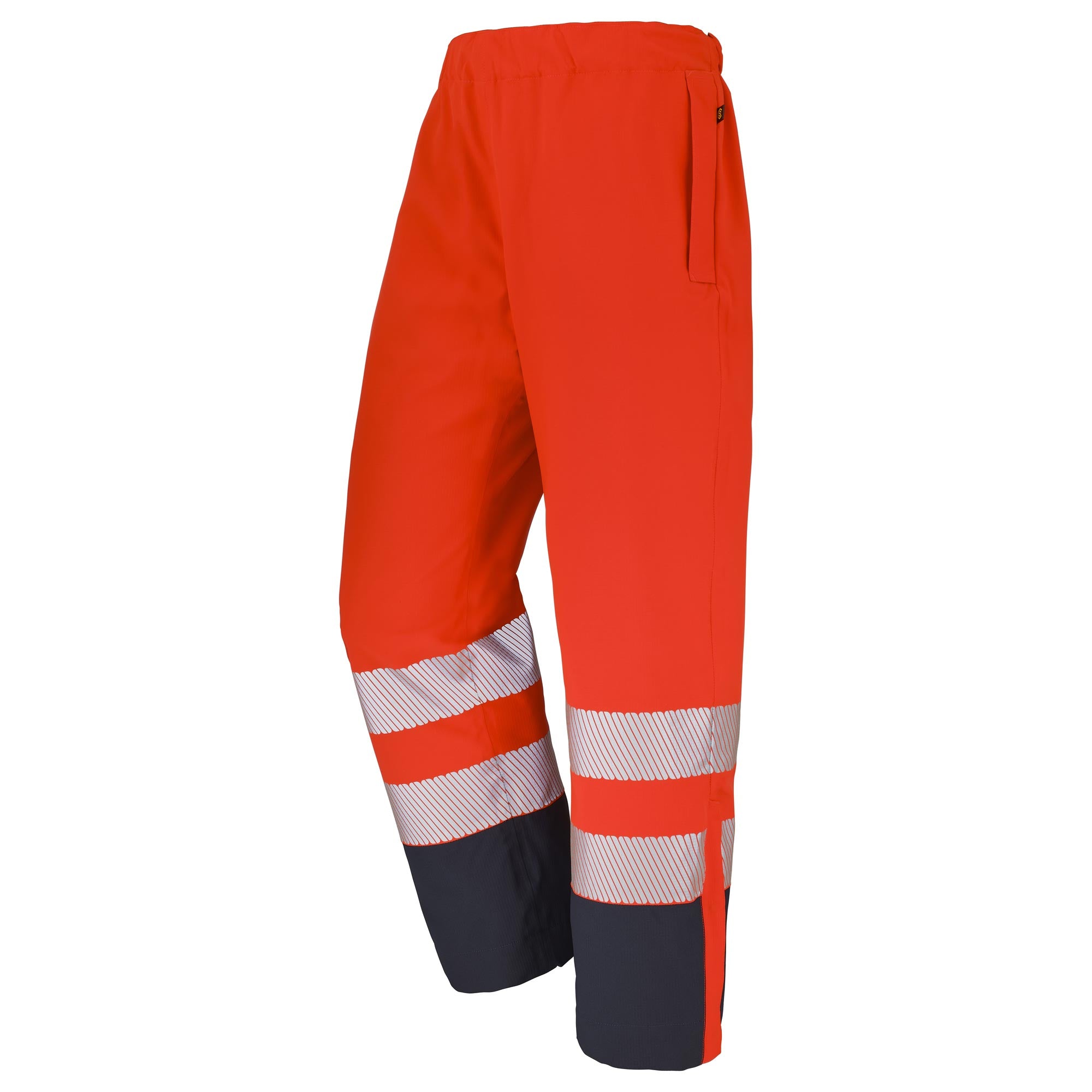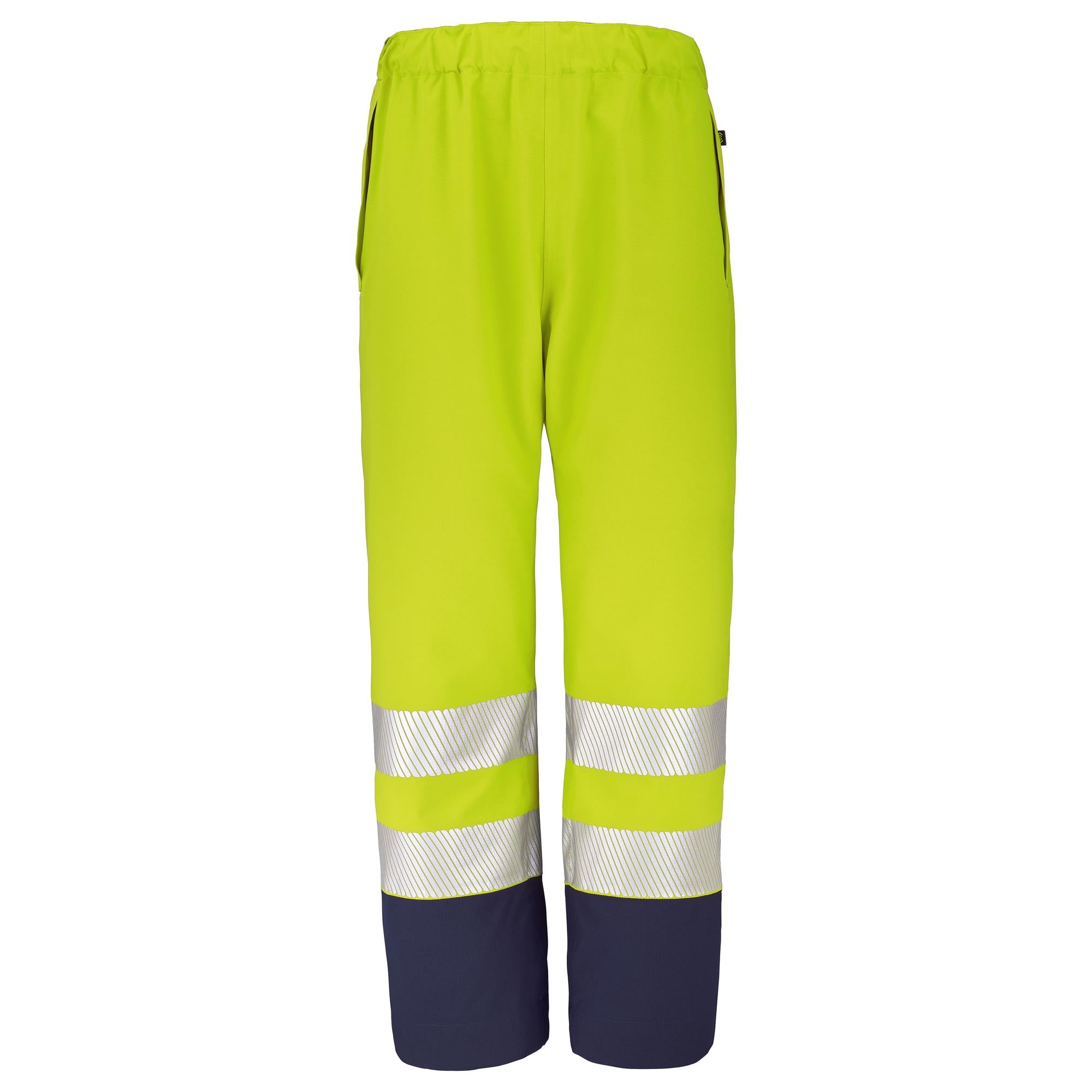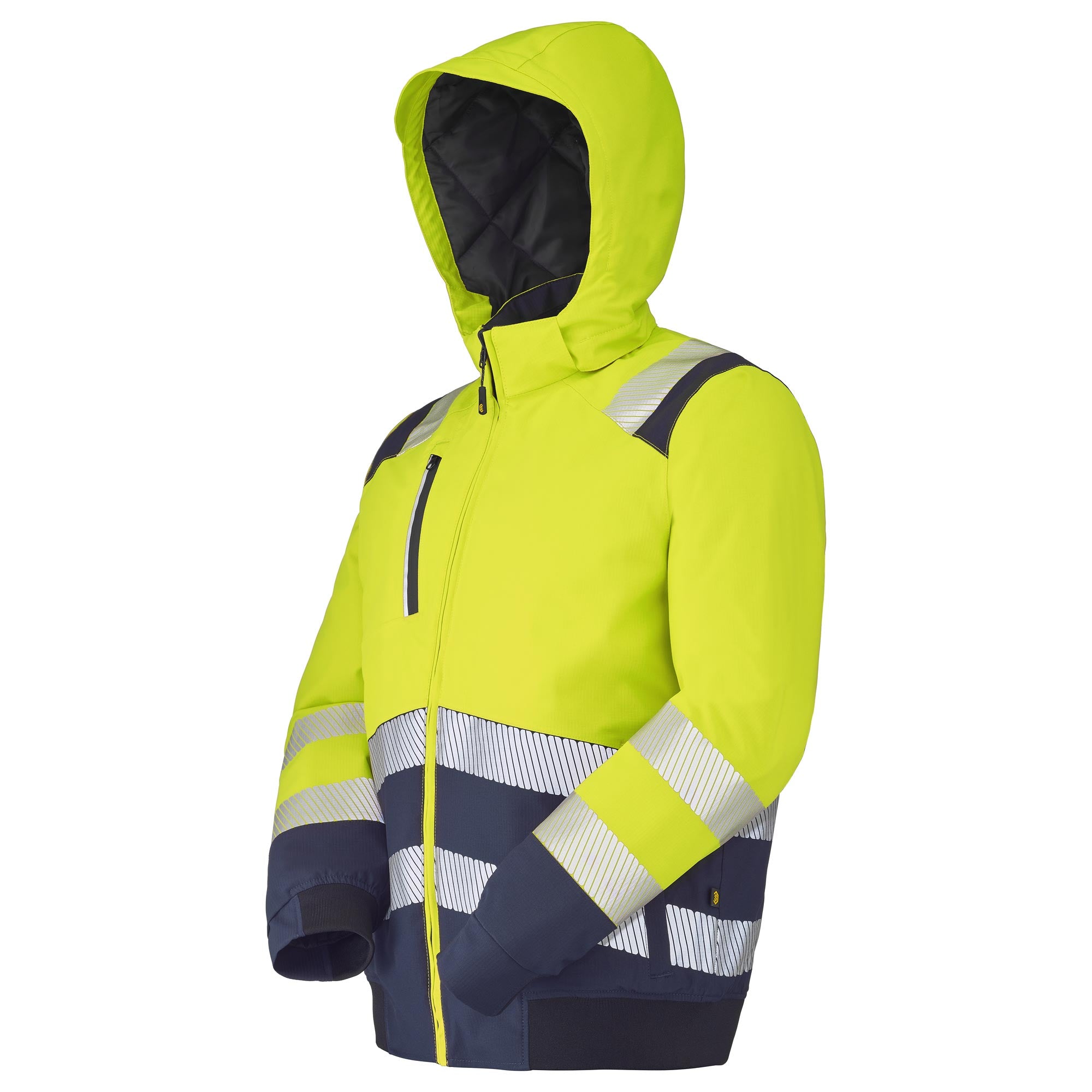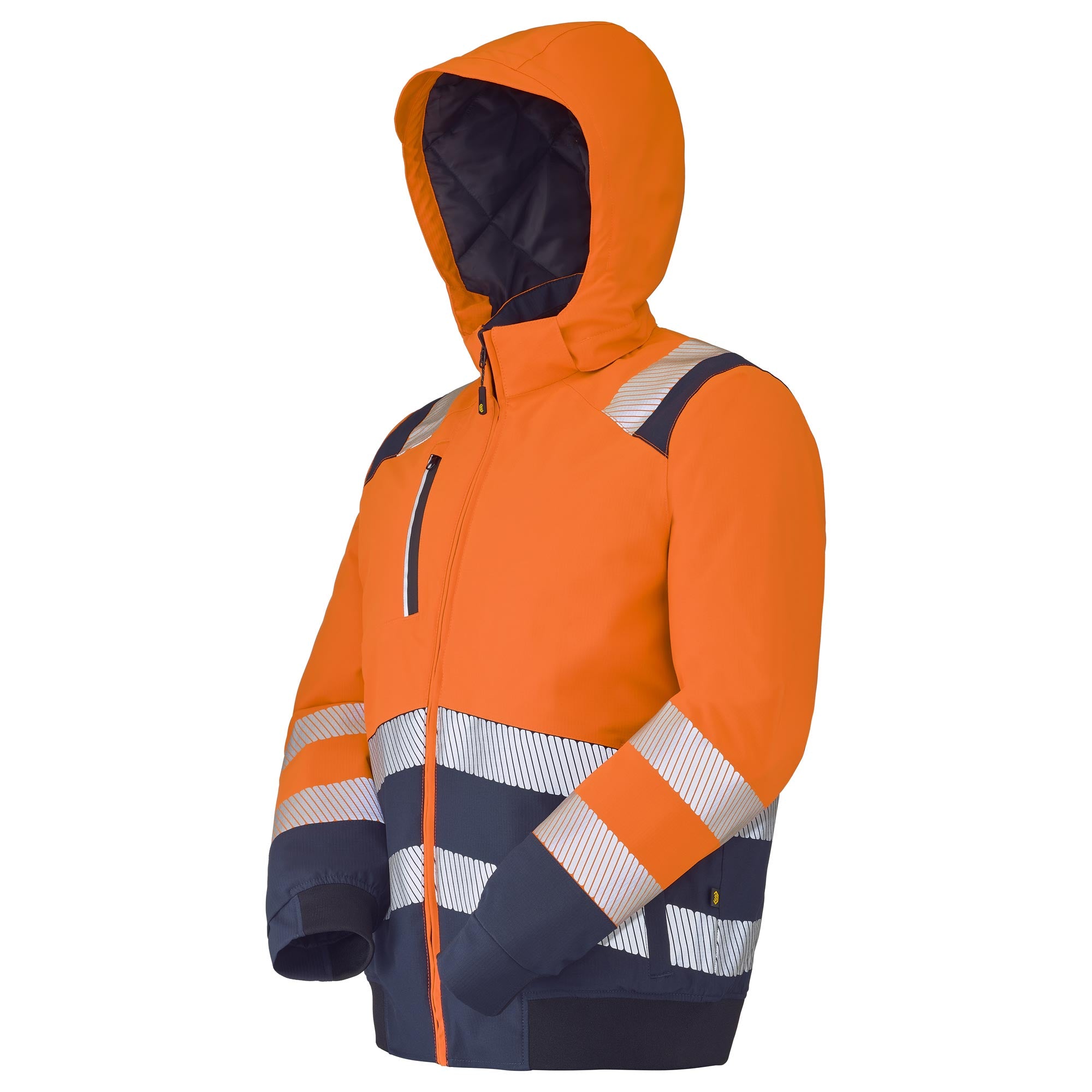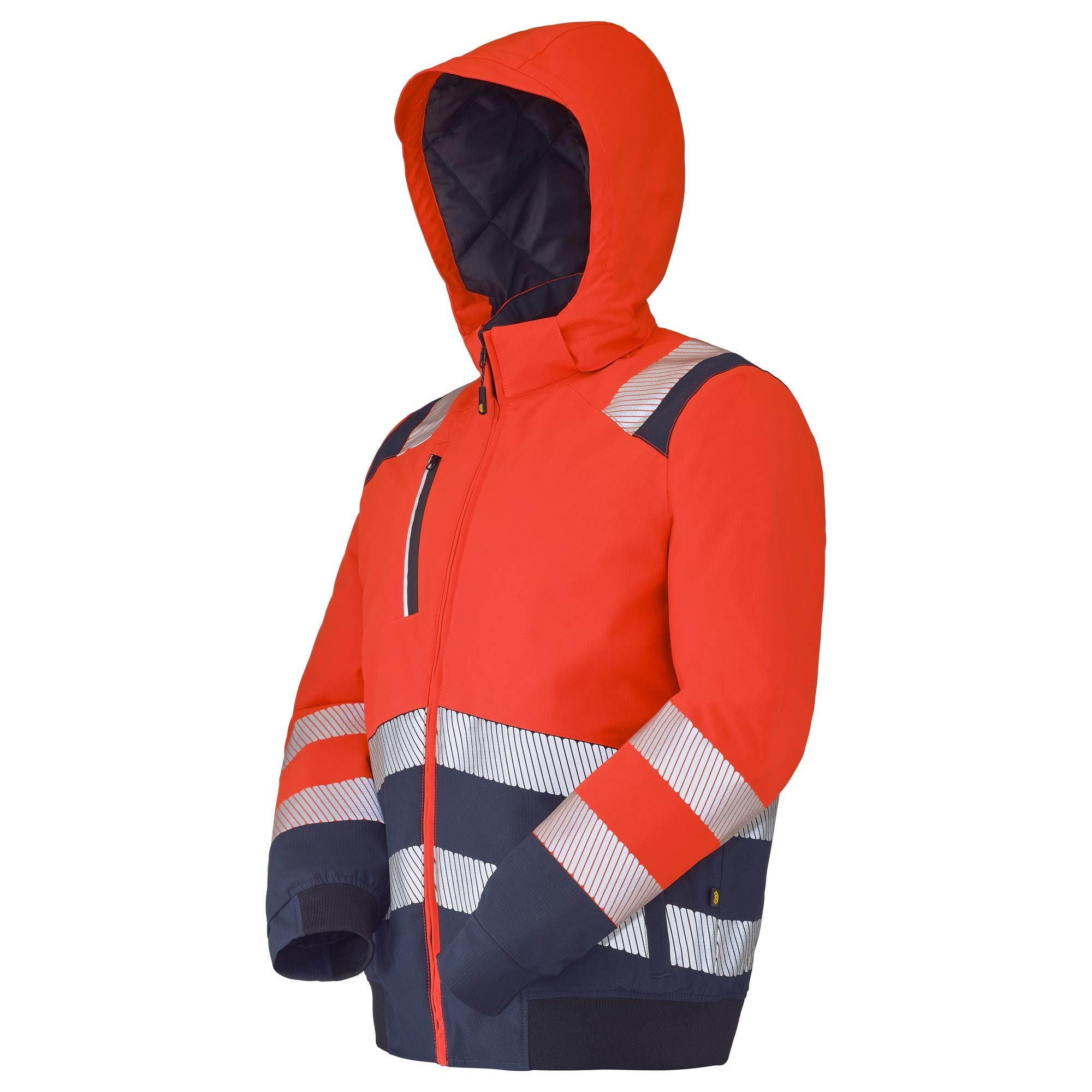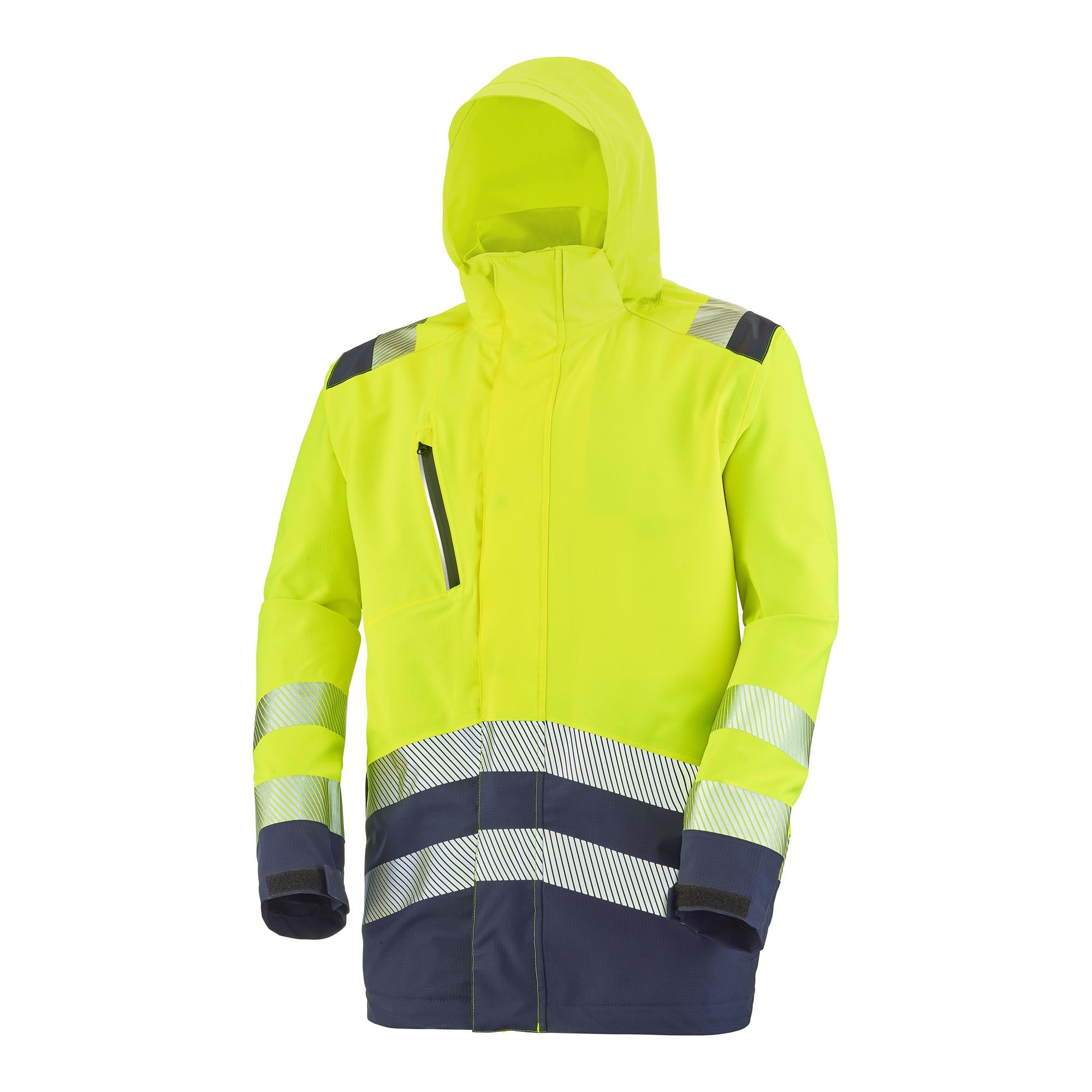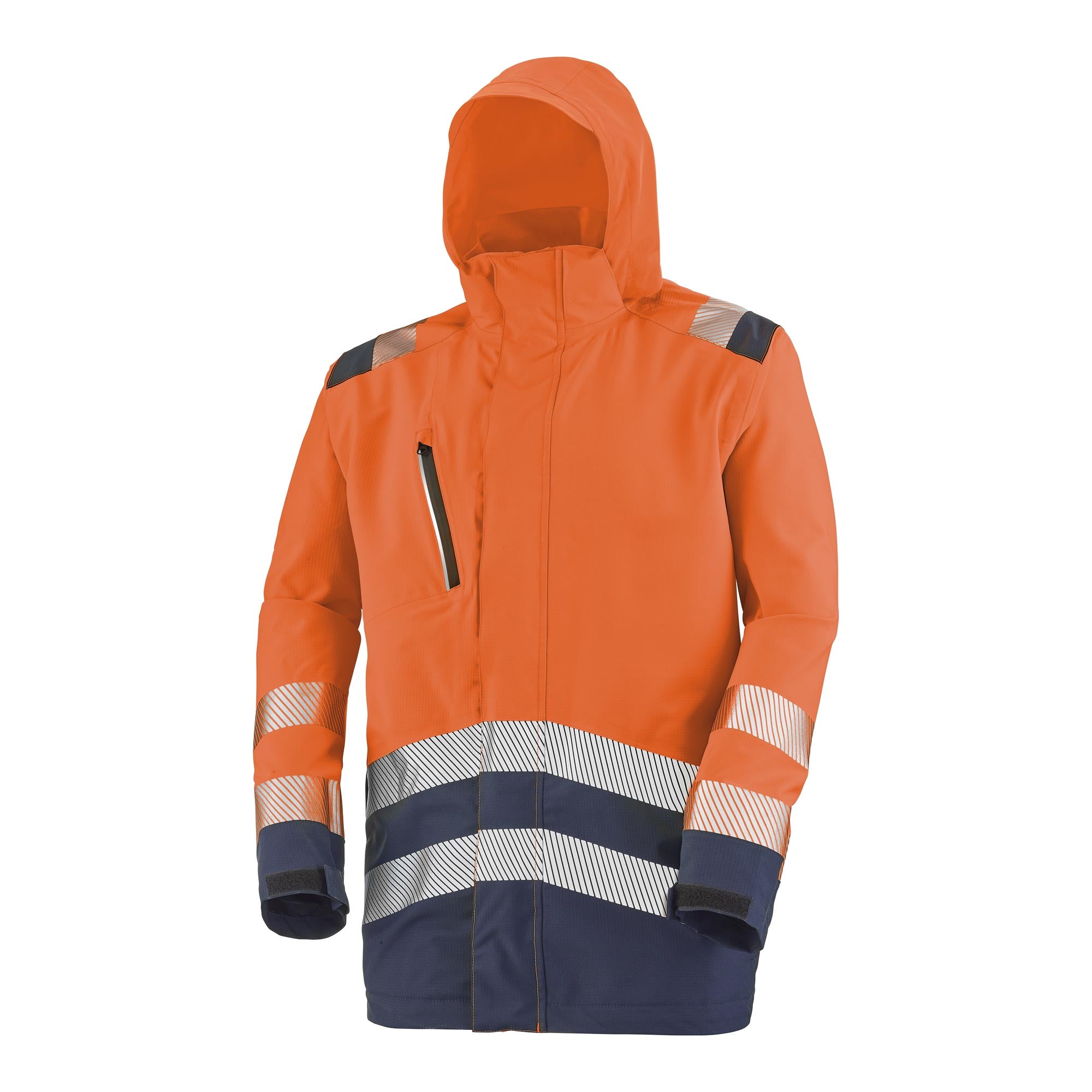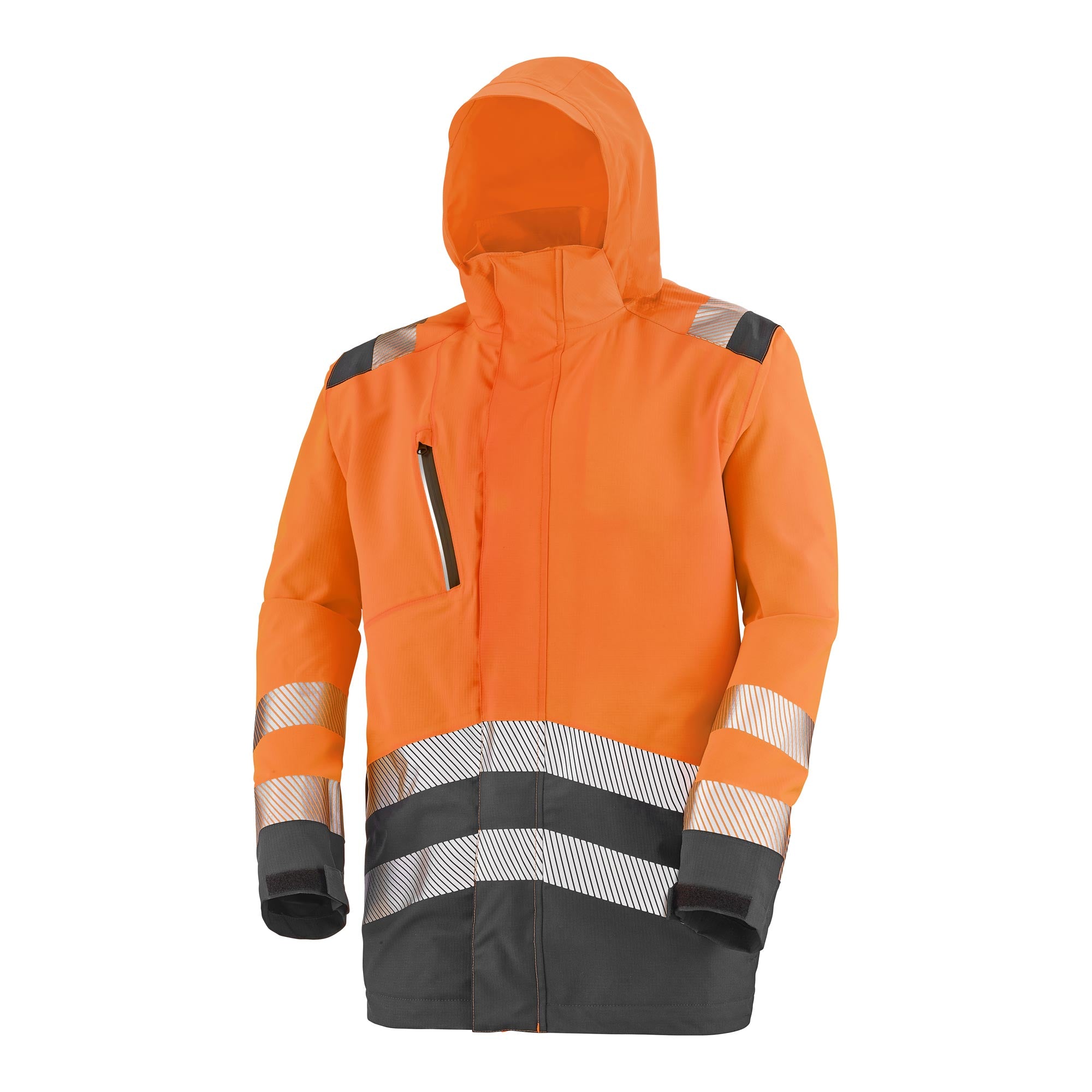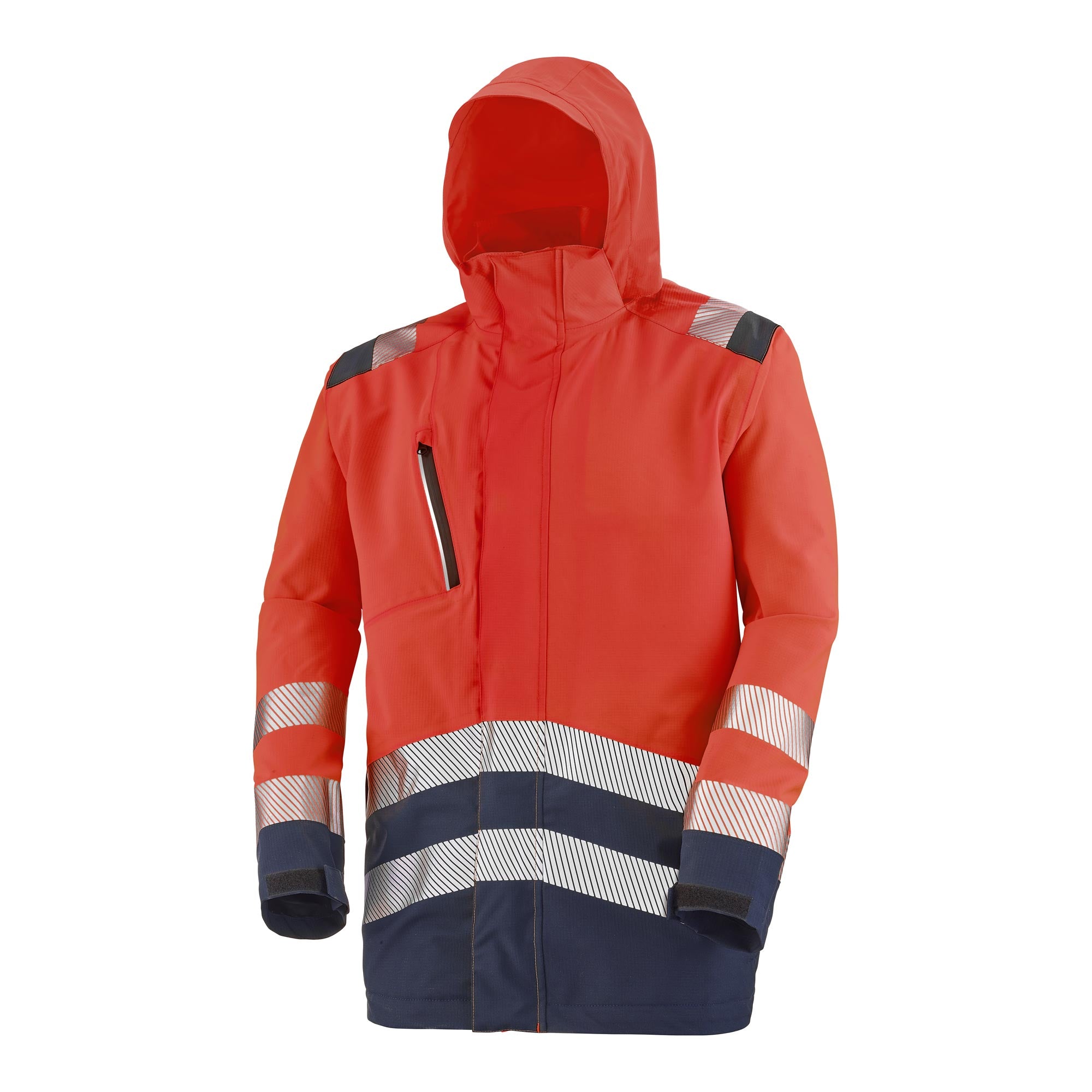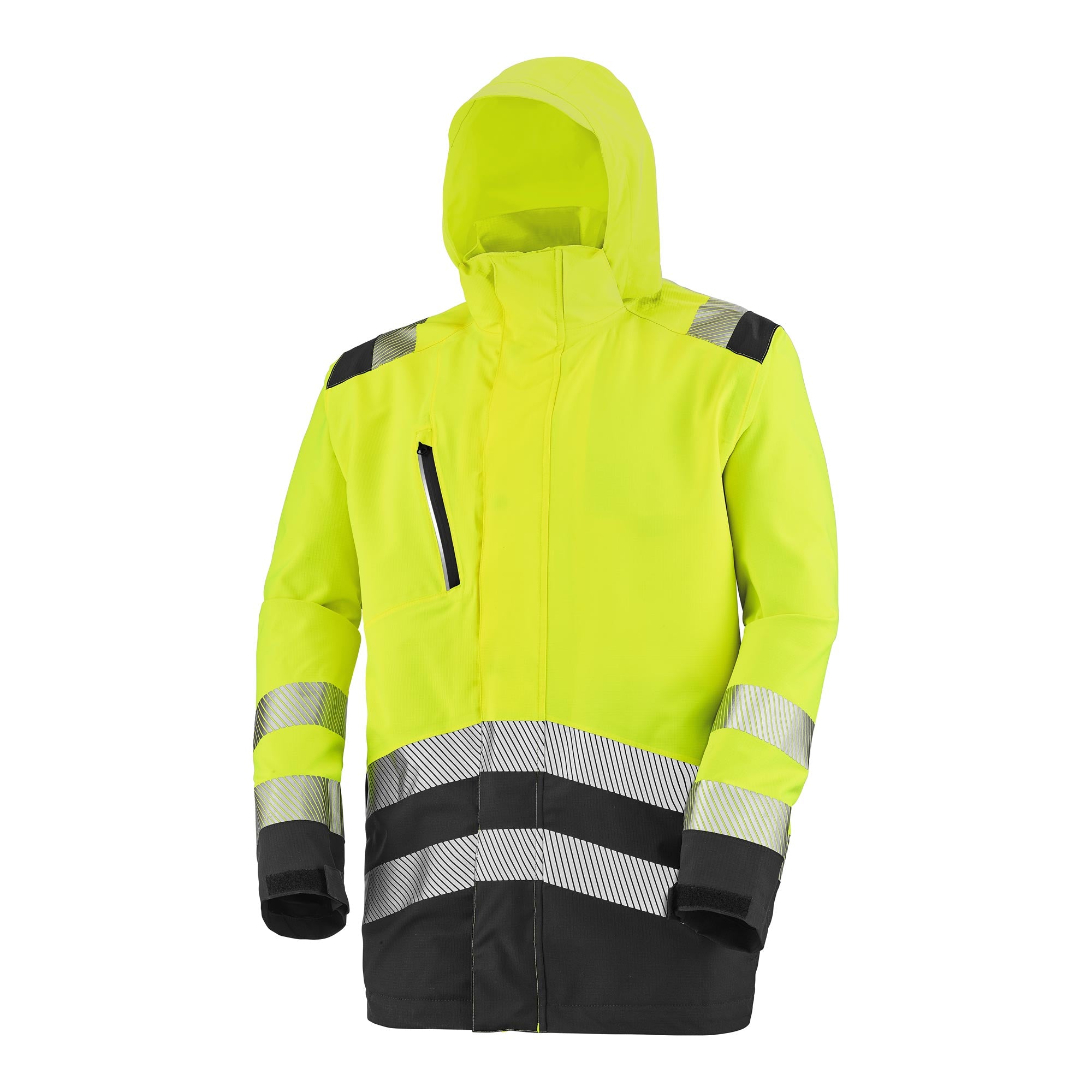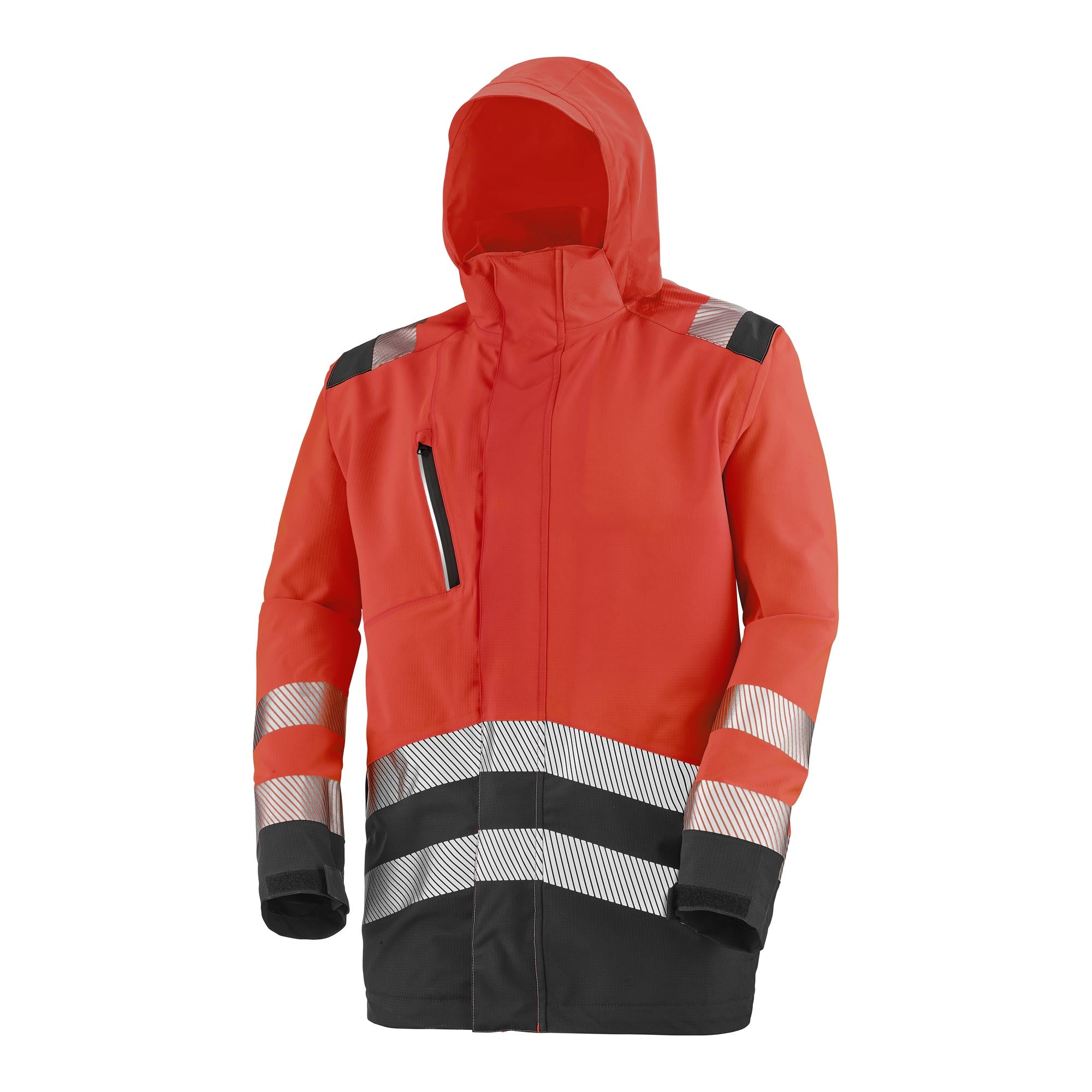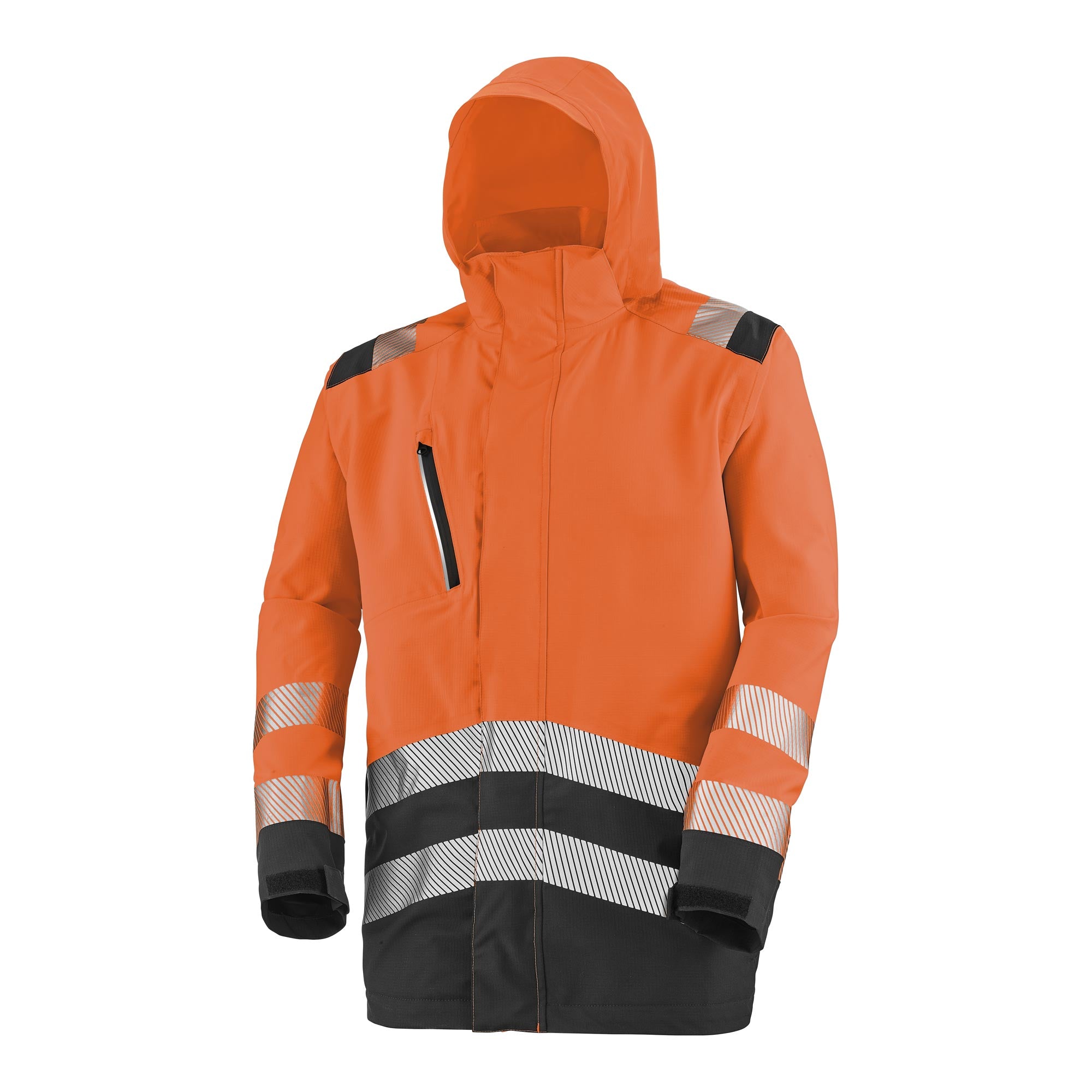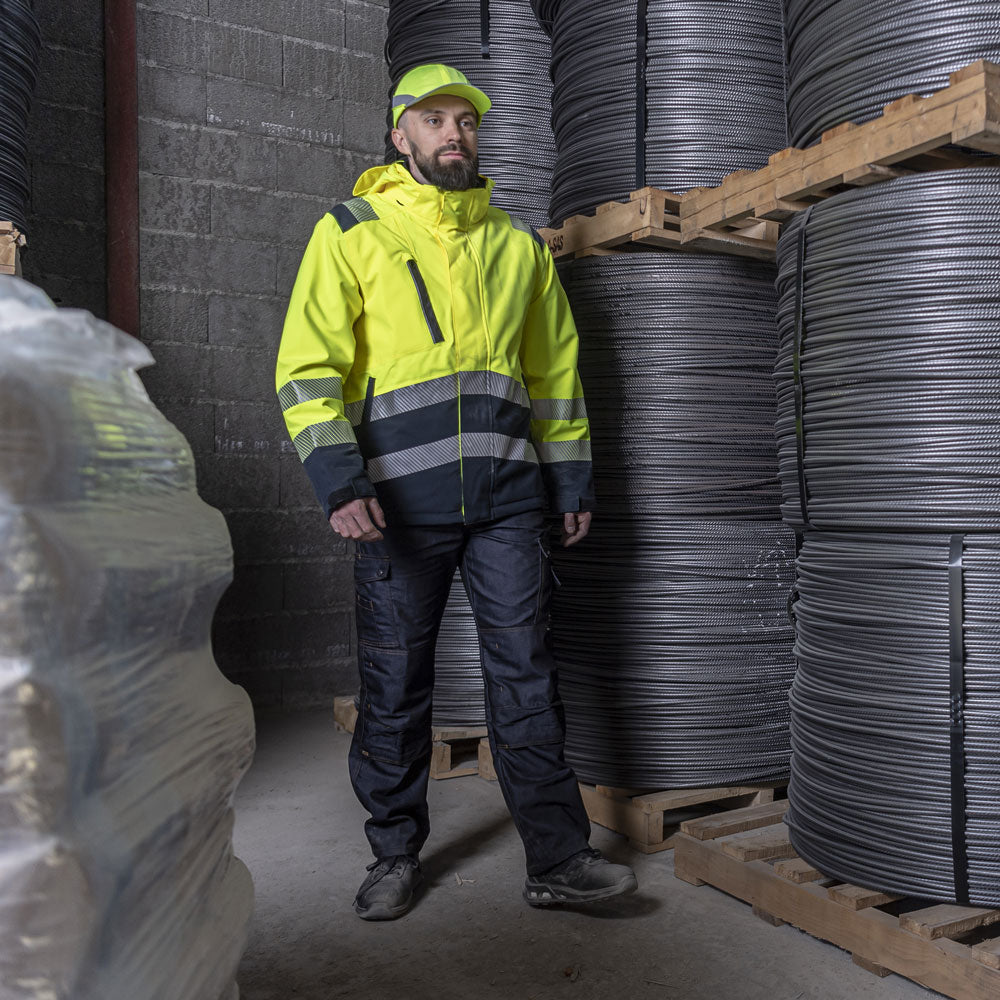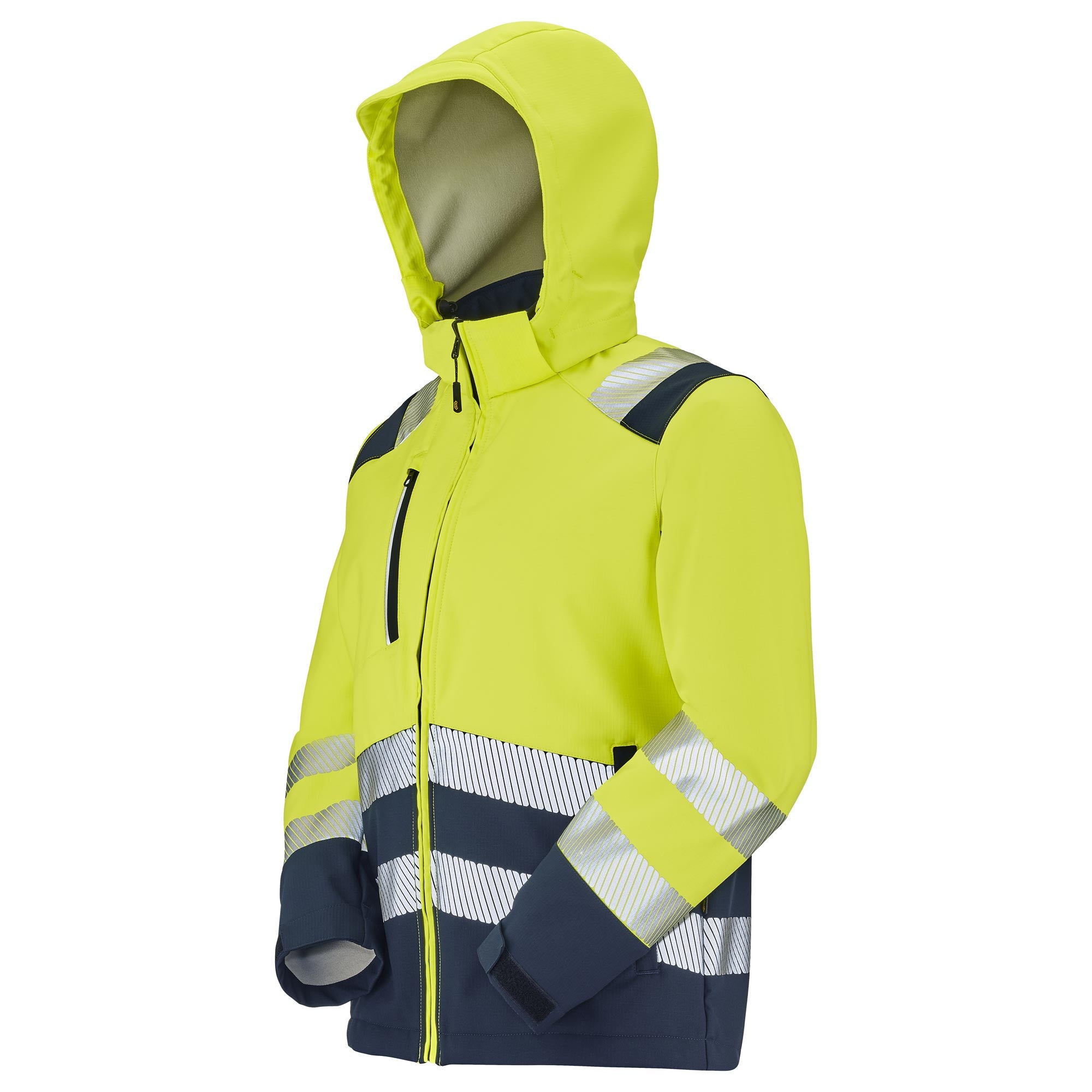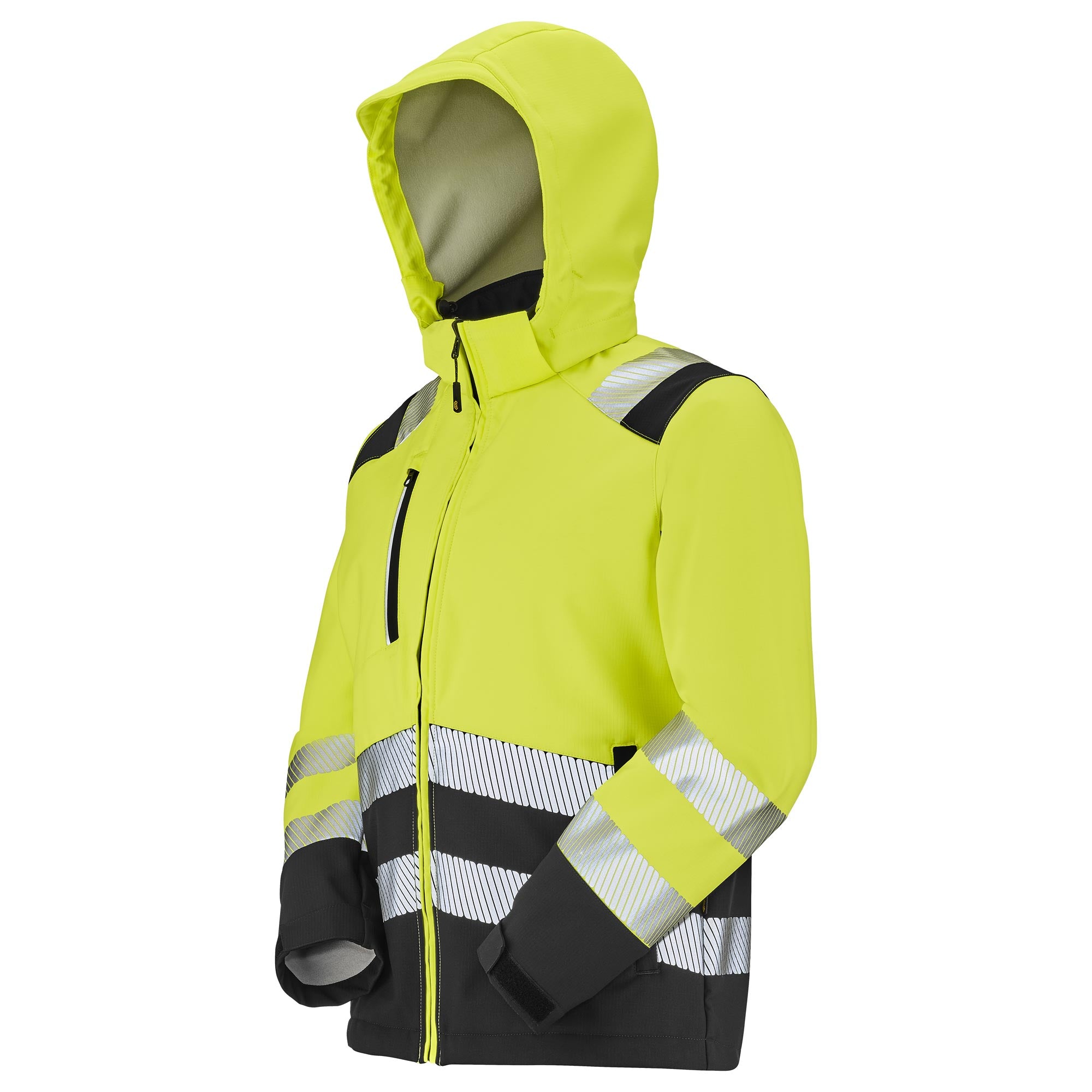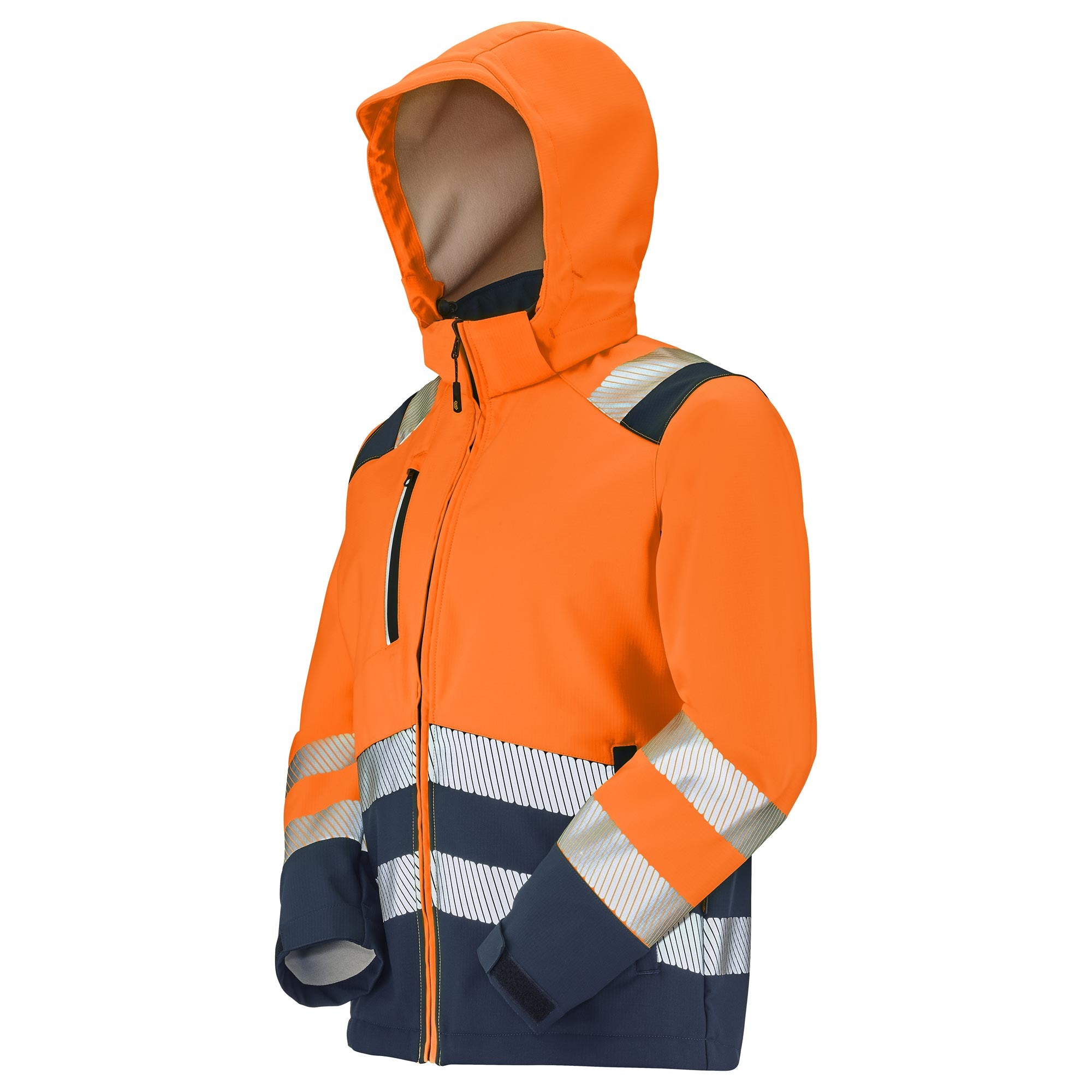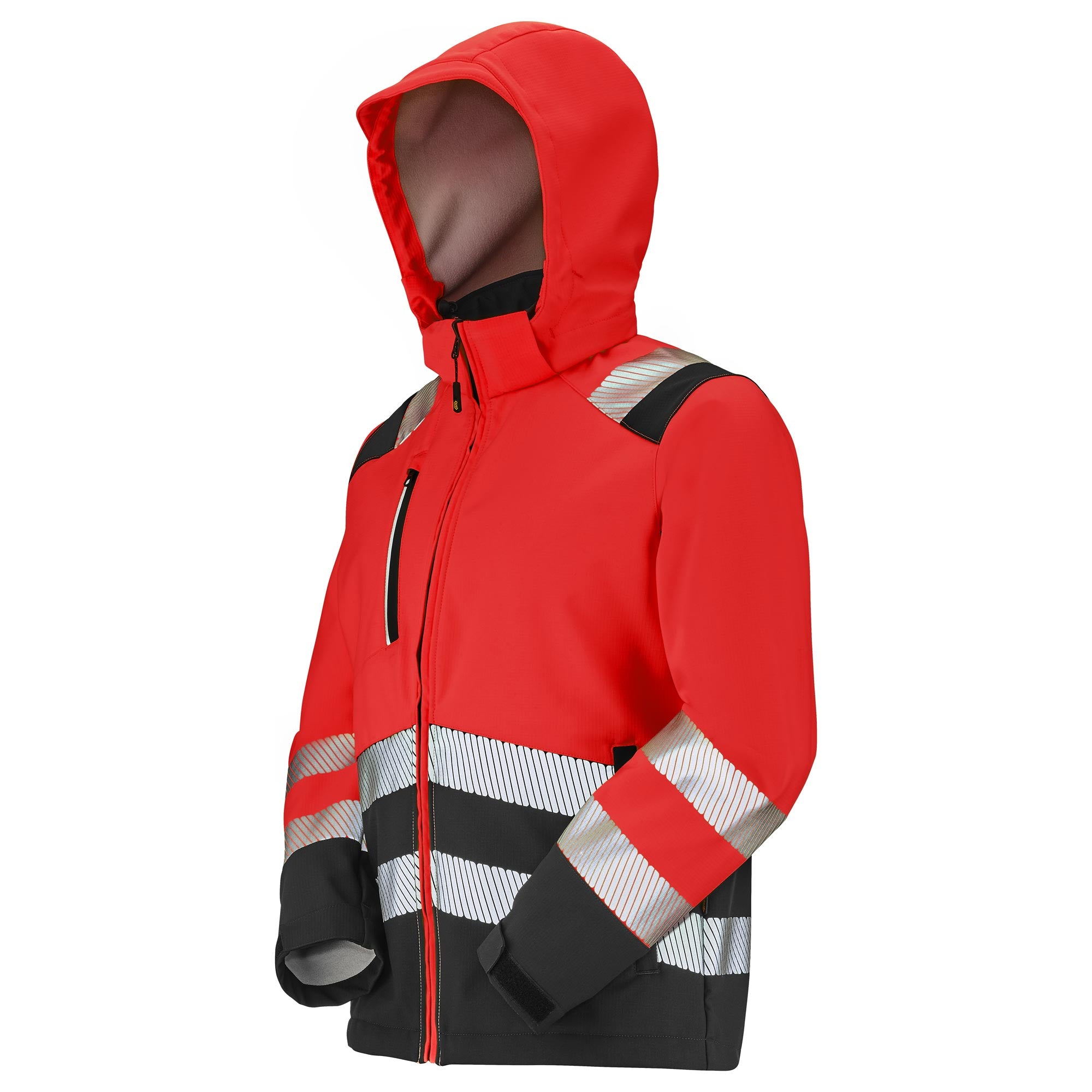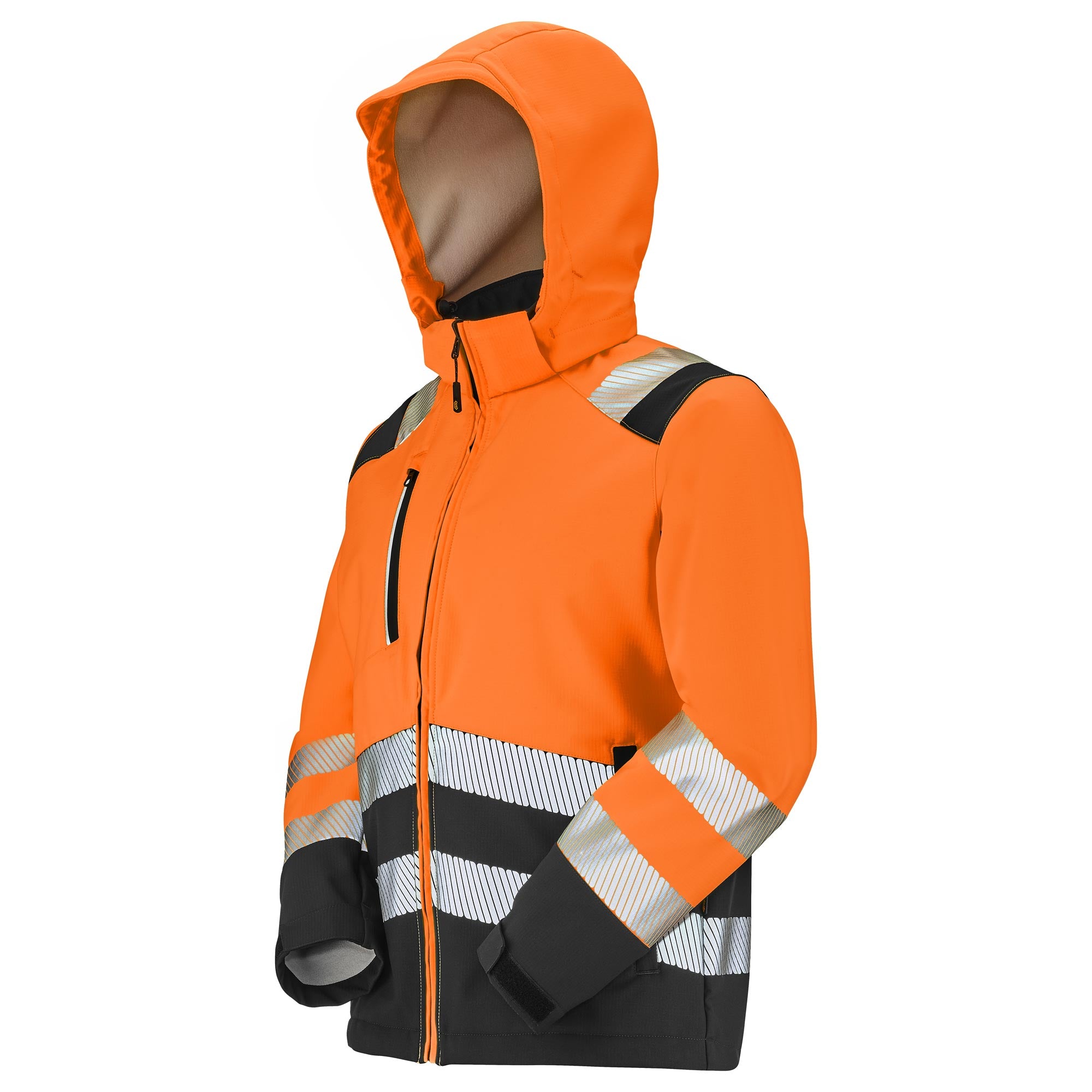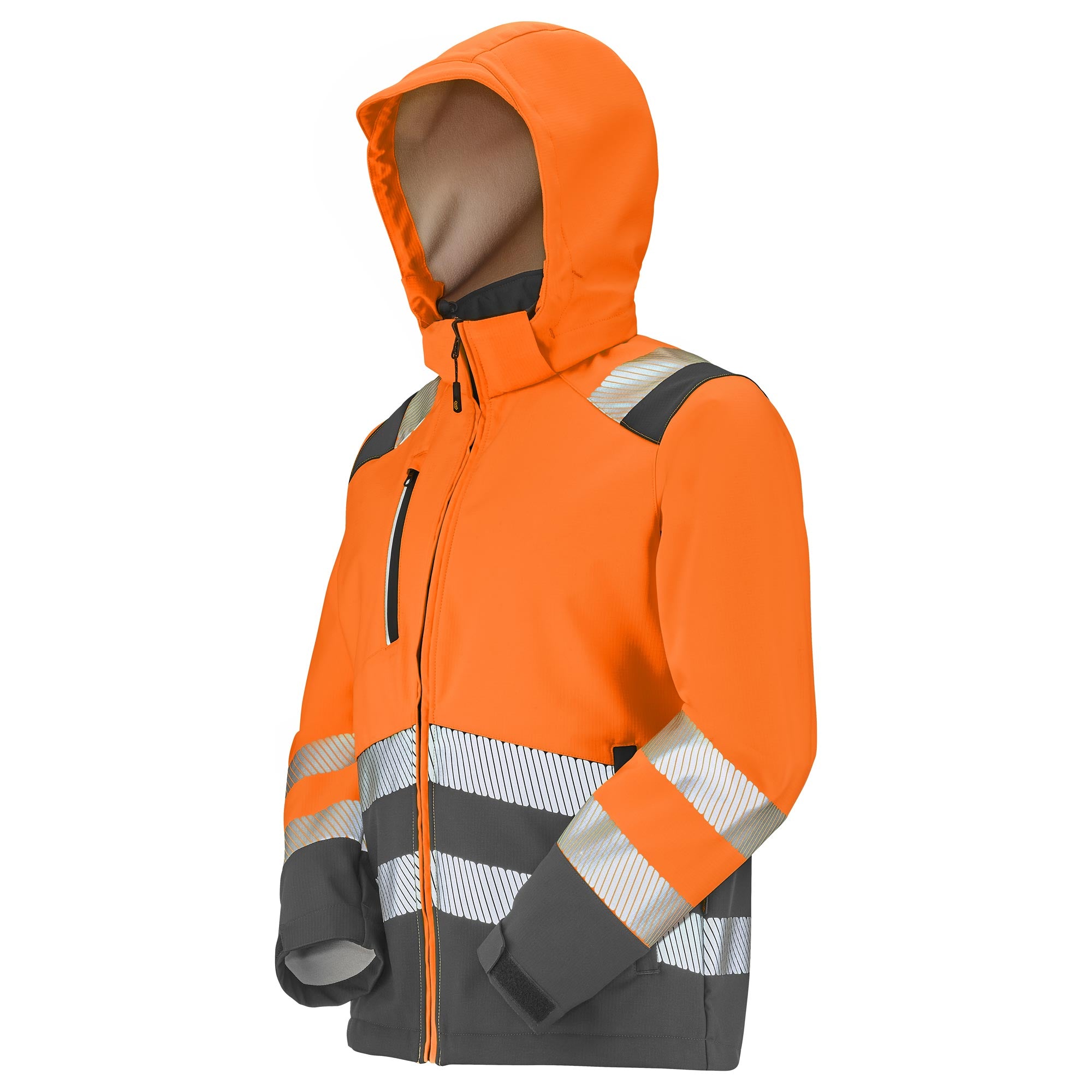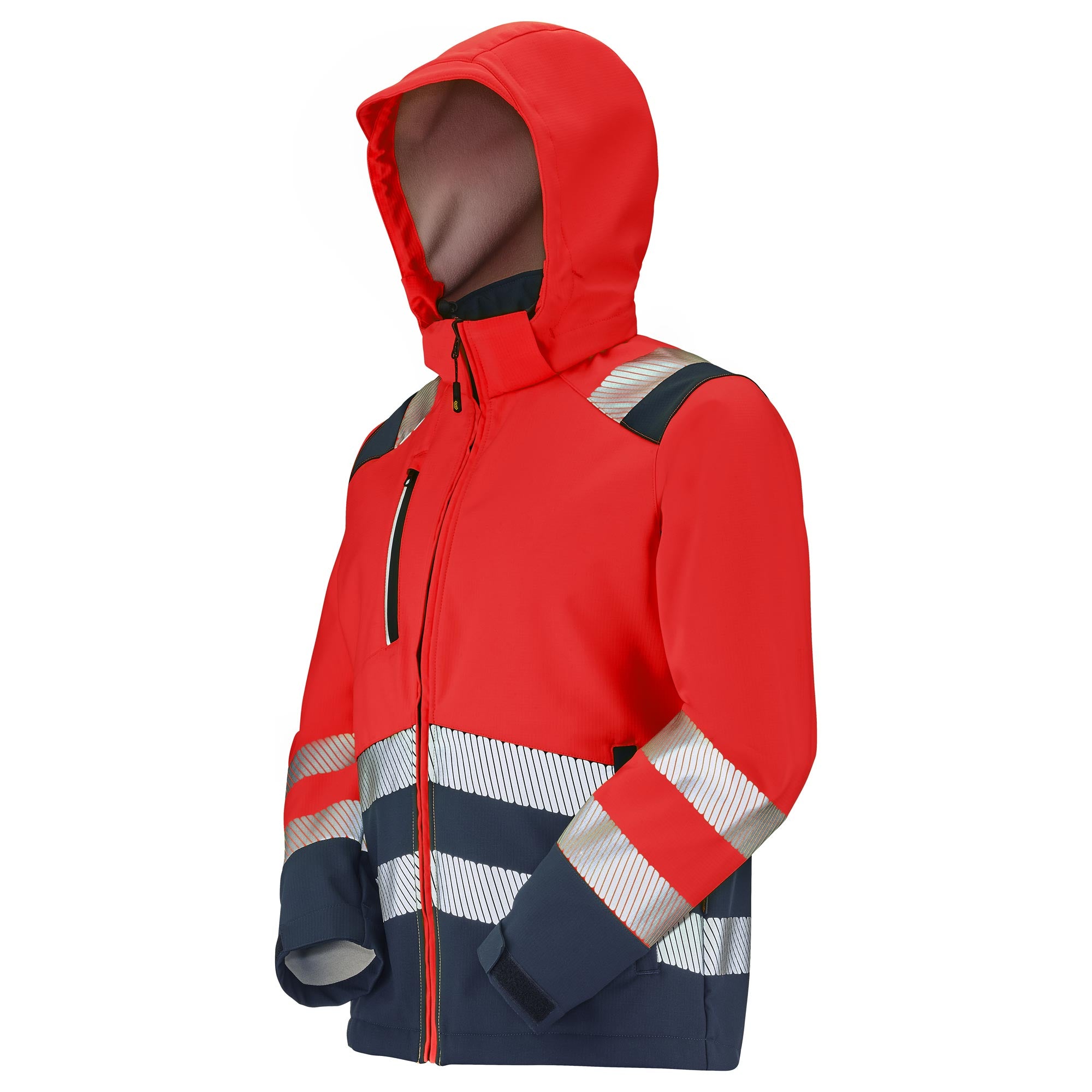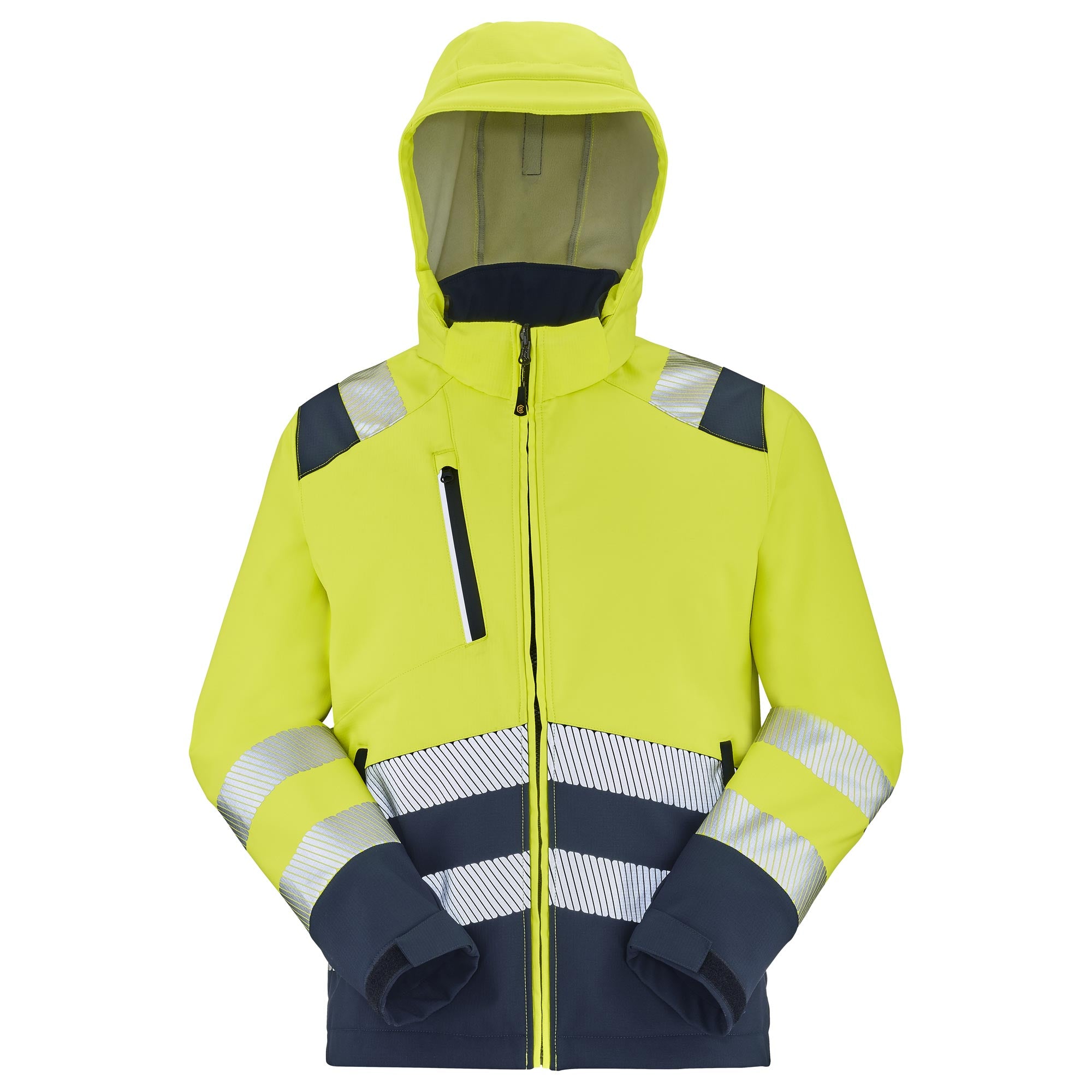The EN ISO 20471 standard is the European standard that governs high-visibility signalling clothing. Here are the key points:
Purpose of the standard
It defines the requirements for clothing intended to visually signal the presence of the user in hazardous environments (roads, construction sites, airports, etc.).
The 3 protection classes
| Class | Minimum fluorescent surface< | Minimum retroreflective surface | Typical use |
|---|---|---|---|
| Class 1 | 0.14 m² | 0.10 m² | Low-risk environments, reduced speed |
| Class 2 | 0.50 m² | 0.13 m² | Average visibility conditions |
| Class 3 | 0.80 m² | 0.20 m² | High-risk environments, highways |
|
Class
|
Minimum fluorescent surface
|
Minimum retroreflective surface
|
Vehicle speed
|
Typical use
|
|---|---|---|---|---|
|
Class 1
|
0.14 m²
|
0.10 m²
|
&< 25 km/h
|
Low-risk environments, pedestrian areas, parking lots
|
|
Class 2
|
0.50 m²
|
0.13 m²
|
25 to 60 km/h
|
Urban roads, industrial areas, urban construction sites
|
|
Class 3
|
0.80 m²
|
0.20 m²
|
&> 60 km/h
|
Highways, expressways, very high-risk environments |
Materials used
- Fluorescent materials : High-visibility yellow, high-visibility orange, high-visibility red (daytime visibility)
- Retroreflective strips : Reflect car headlights (nighttime visibility)
Strip layout
The standard imposes strict rules on:
- The minimum width of the strips (50 mm)
- Their positioning (around the torso, shoulders, arms, legs)
- The continuity of the marking
Applications
Mandatory in many sectors: construction, transport, road safety, airport, railway, etc.
This standard guarantees optimal protection according to the risk level of the work environment.

